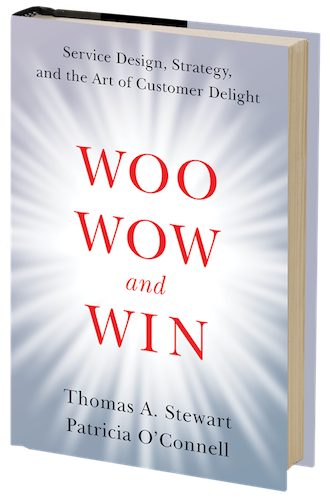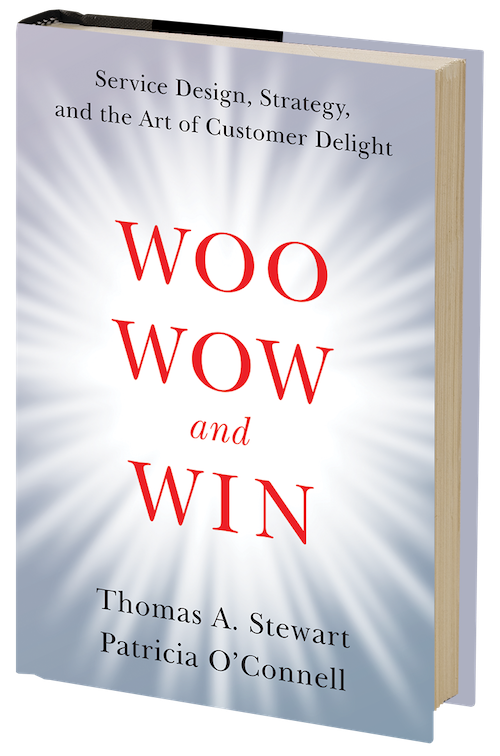This article was originally published by Inc. on June 8, 2017
It’s not enough to know your customer. You need to understand everything — and everyone — who influences the buying decision.
Marketers are brought up to know and understand customers. They segment by age and sex, income, and zip code. They suss out unarticulated needs. They create personas like soccer moms and NASCAR dads. They link the customer’s other choices to what they’re selling. (What does your preferred vacation reveal about the car you’re most likely to buy?) They send out messages to attract the customers they want into their marketing funnel and move them along from awareness to consideration to purchase.
None of these is particularly helpful when selling to businesses, where the emphasis is often on content marketing. These can be very powerful, but they can also depersonalize the sales process — which is ironic, since marketing to businesses is often best done one-to-one. If you sell complex business-to-business services and products like consulting or commercial banking or technology, traditional marketing and sales ideas are like Banana Republic suits: The closer you look, the more you realize that they don’t quite fit.
Why Selling to Businesses Is Different
There other failing of these traditional techniques: They don’t take into account the dynamics of the B2B buying process. Often the “economic buyer”– the person who controls the budget and writes the check — isn’t the most important influence on the decision. The economic buyer may be the agent for an end-user buyer — the person who will actually work with the solution you’re selling.
There probably is a technical or functional expert or team that can veto or bless any recommendation. And there’s also an executive who is trying to drive a business result, like lower costs or more flexibility or market growth. It’s not always clear who these people are, what they think, how they interact, or who calls the shots.
If you’re relying on methods that focus on trying to understand the buyer rather than buyer’s process, you may have to rethink the design of your sales process. Experts in service design like to create journey maps that mark out every point of interaction between them and their customers.
Mapping the Buyer’s Journey
Those maps show what happens onstage (what happens when you and your customer are together) and backstage (what you do behind the scenes, which your customer doesn’t see). You can take the same idea and map your customer’s decision, says Adele Revella, a veteran tech industry marketer and founder-CEO of the Buyer Persona Institute and author of Buyer Personas.
To map the decision, she argues, you must understand five things:
1. How does something become a priority initiative? What’s the difference between people who will buy what you’re selling and those who are content with the status quo? It is a pain point? An opportunity? A game of competitive catch-up? What’s the answer for this buyer?
2. How does the buyer define success? Is it an economic benefit, like cutting costs? If so, by how much and in which areas? Or is success something completely different, like expanding internal influence or matching a competitor’s offering?
3. What are the barriers to buying? Sure, there are issues of features and function and price, but what else might keep your customer’s wallet in her purse? Are you displacing an incumbent? Are there political hurdles you don’t know about?
4. What is the buyer’s journey? What steps does she have to go through? The service-design toolkit can help you map this journey–but you’ll need to populate it with a lot of insight about how you can help your buyer move from stage to stage. (Knowing those stages will not only help you sell–it will also give you an early warning that you’re pushing on a string.)
5. What are the buyer’s decision criteria? Sellers love to talk about what’s new or unique about their product or service, but, Revella points out, those are rarely the top considerations of buyers. Buyers are more likely to be moved by ease of use, reliability, security, and other benefits. etc. If your service is uniquely reliable or newly easy to use–great. But novelty per se isn’t a benefit buyers will pay for.
Mapping the decision from the buyer’s perspective allows you to design an empathetic approach to selling.
© Thomas A. Stewart and Patricia O’Connell



 Thomas A. Stewart and Patricia O’Connell are co-authors of the bestselling book Woo, Wow, and Win: Service Design, Strategy, and the Art of Customer Delight. Drawing on their combined experience as management experts, thought leaders, and journalists, Tom and Patricia offer groundbreaking insights into how companies create memorable, differentiating customer experiences that boost reputation, customer satisfaction, and the bottom line.
Thomas A. Stewart and Patricia O’Connell are co-authors of the bestselling book Woo, Wow, and Win: Service Design, Strategy, and the Art of Customer Delight. Drawing on their combined experience as management experts, thought leaders, and journalists, Tom and Patricia offer groundbreaking insights into how companies create memorable, differentiating customer experiences that boost reputation, customer satisfaction, and the bottom line.